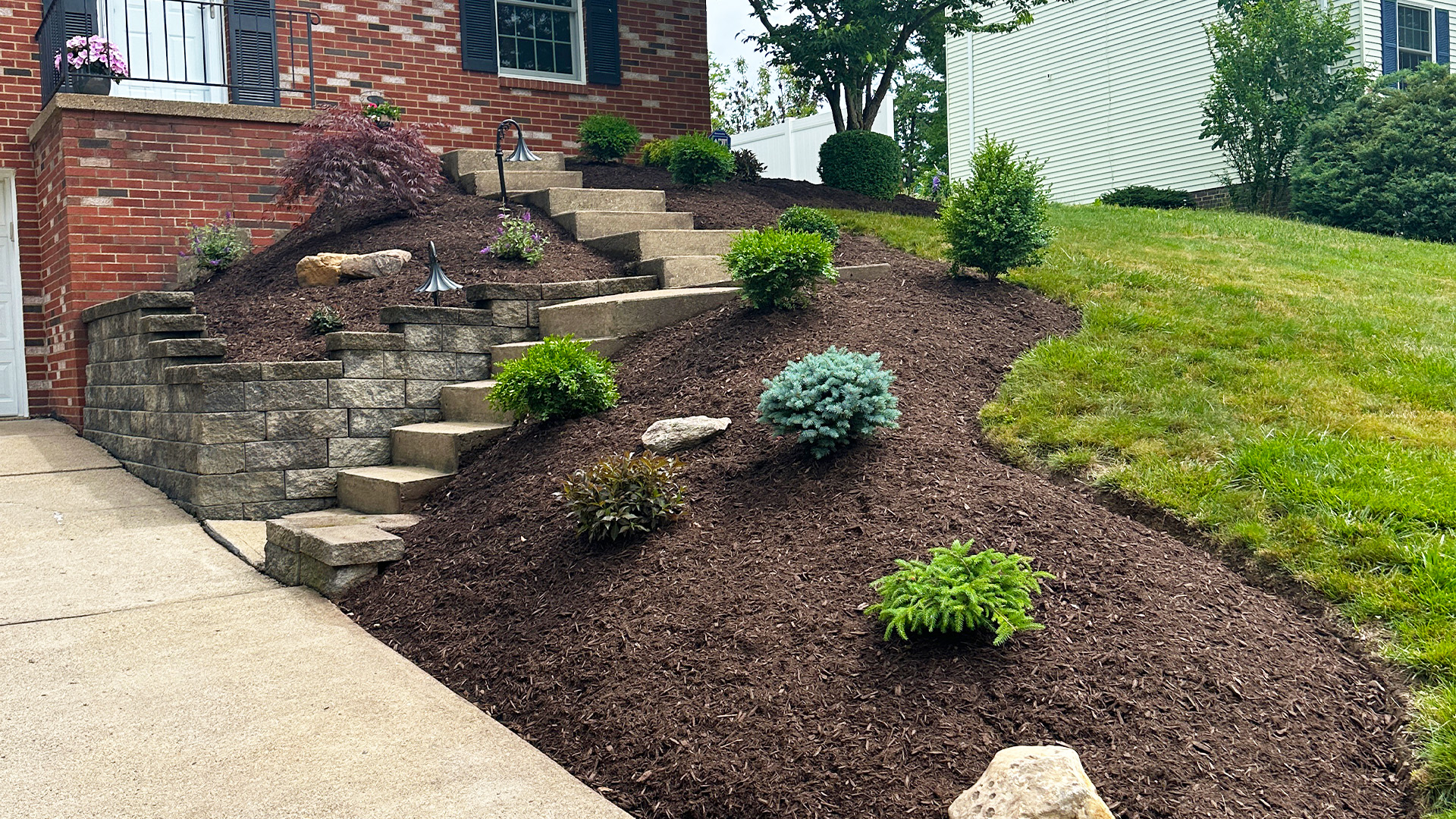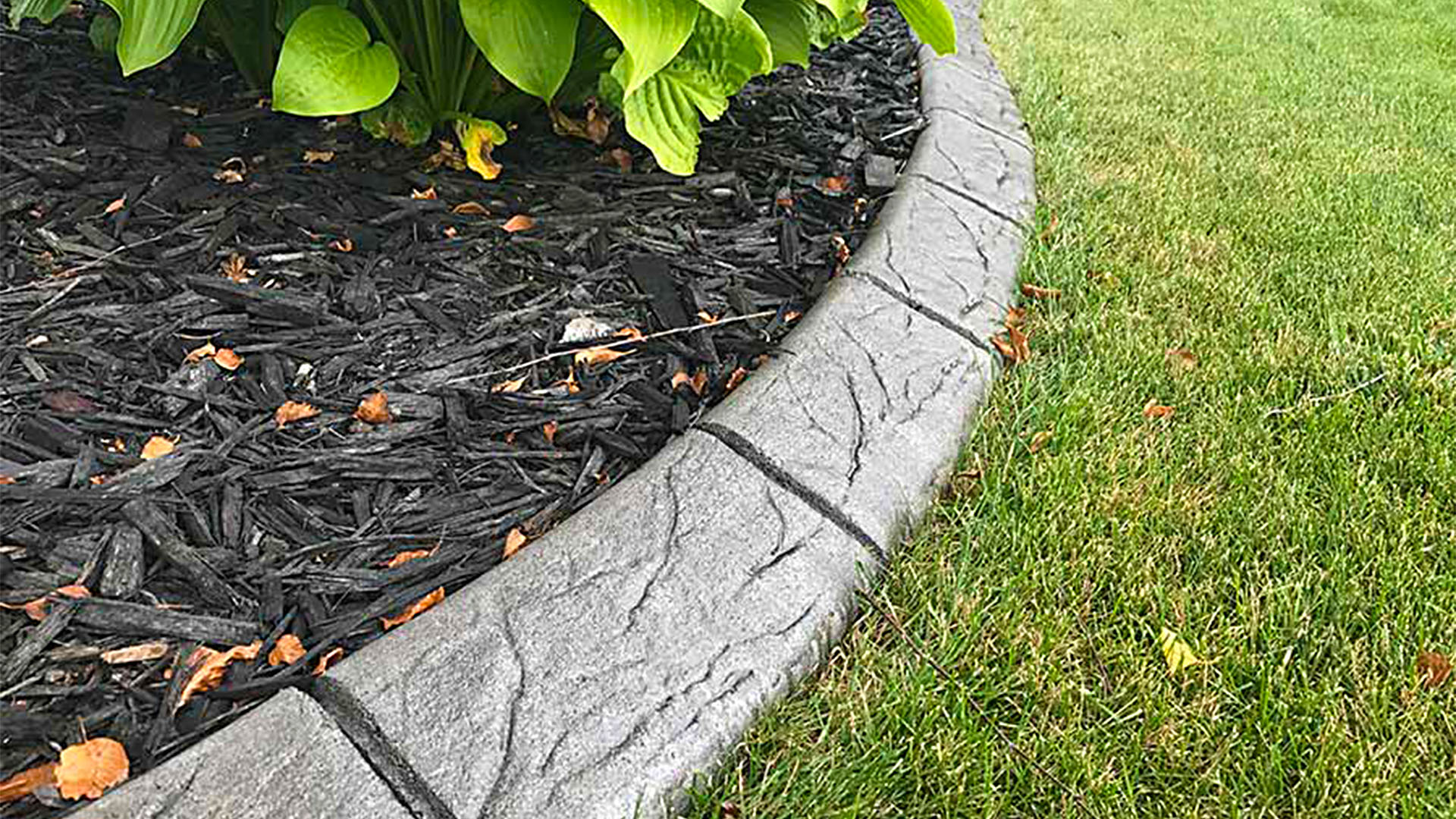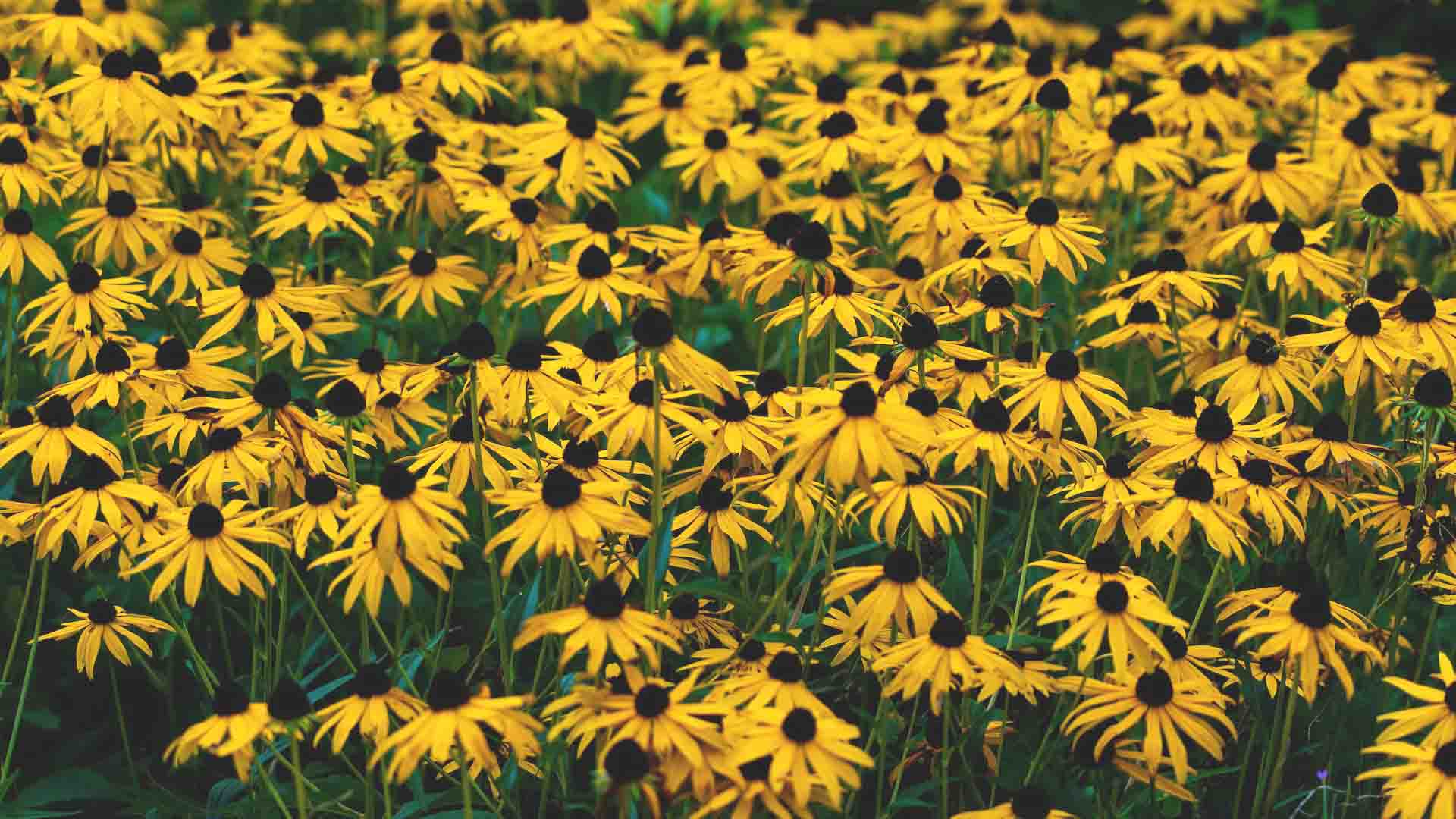Protect your landscape from hungry deer while enjoying vibrant blooms and lush foliage. Create a stunning, deer-resistant garden with our selection of beautiful flowers and shrubs.
With a new cookie-cutter housing plan going up every other week in Western PA, deer habitats are getting stretched pretty thin. Hungry deer have taken to spending longer amounts of time grazing in peoples' yards and gardens (which probably look like one big buffet).
Use this guide to find deer-resistant plants to maintain the integrity of your garden; and find less half (or fully-eaten) plants in the morning.
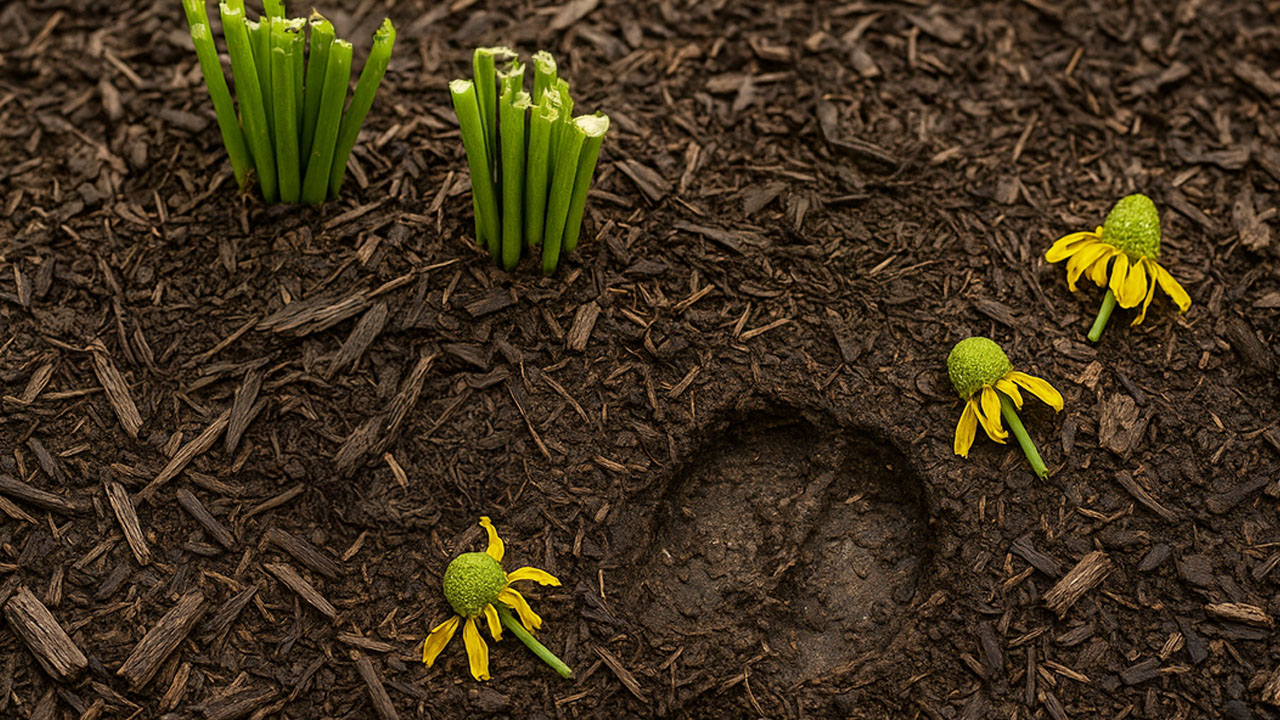
Here are a few other ways rumored to keep deer at bay:
1. Installing deer fencing or using deer netting to physically prevent deer.
2. Incorporating scare devices, like motion-activated sprinklers or noise-making devices, to startle deer.
3. Allowing your dog to safely roam in your yard can be an effective deterrent. The scent of a dog, along with their presence, can deter deer.
4. Using deer repellents, such as sprays, that emit pungent odors to deter deer. Or you can opt for homemade solutions using ingredients like garlic, hot pepper, or soap.
Deer can be notorious for their insatiable, midnight palates, but luckily, there are several plants that they simply can't stand.
Here are three plants that are less likely to get snacked on this summer:
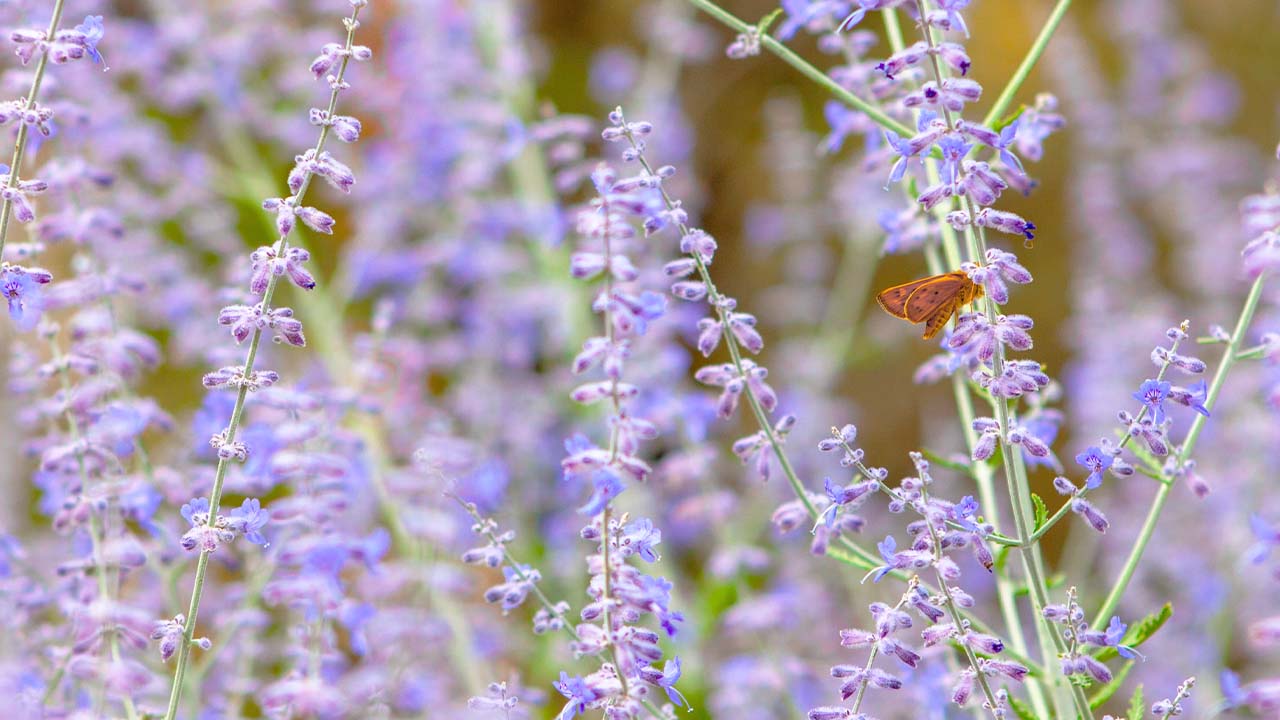
Fun Fact: Russian Sage is not actually a sage, but a member of the mint family.
Growing Conditions: Full sun, well-draining soil.
Description: This perennial plant features aromatic green foliage and stunning purple-blue flowers. Its strong scent and texture make it unappetizing to deer, keeping them at a distance.
Note: Some of these plants won't deter deer, but at least won't be eaten!
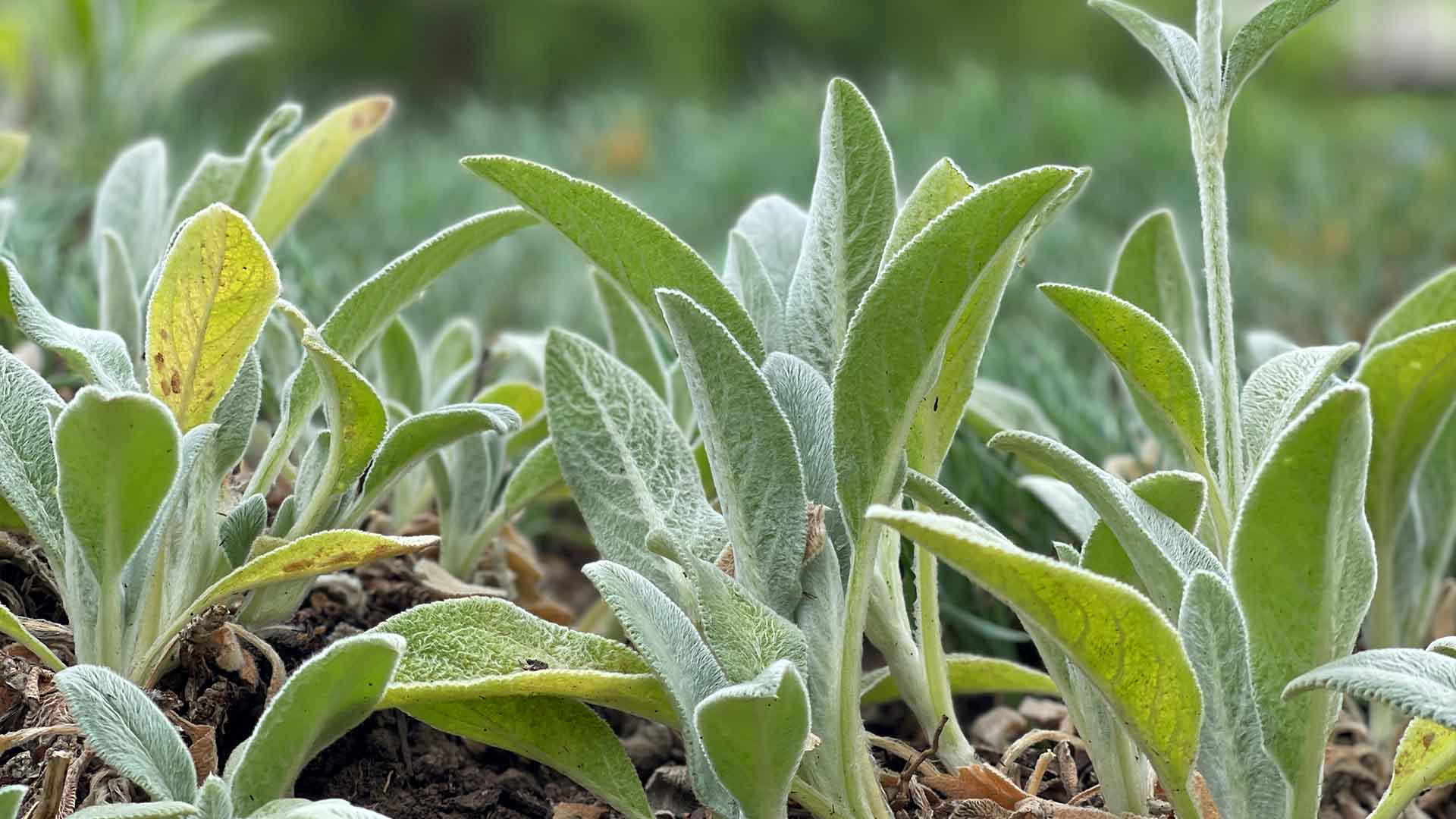
Fun Fact: Lamb's Ear gets its name from the soft, fuzzy leaves that resemble a lamb's ear.
Growing Conditions: Full sun to partial shade, really any soil.
Description: With its velvety silver-gray leaves, Lamb's Ear adds a touch of elegance to any garden. Deer dislike the texture and hairy foliage, making it an excellent choice for deer-resistant landscapes.
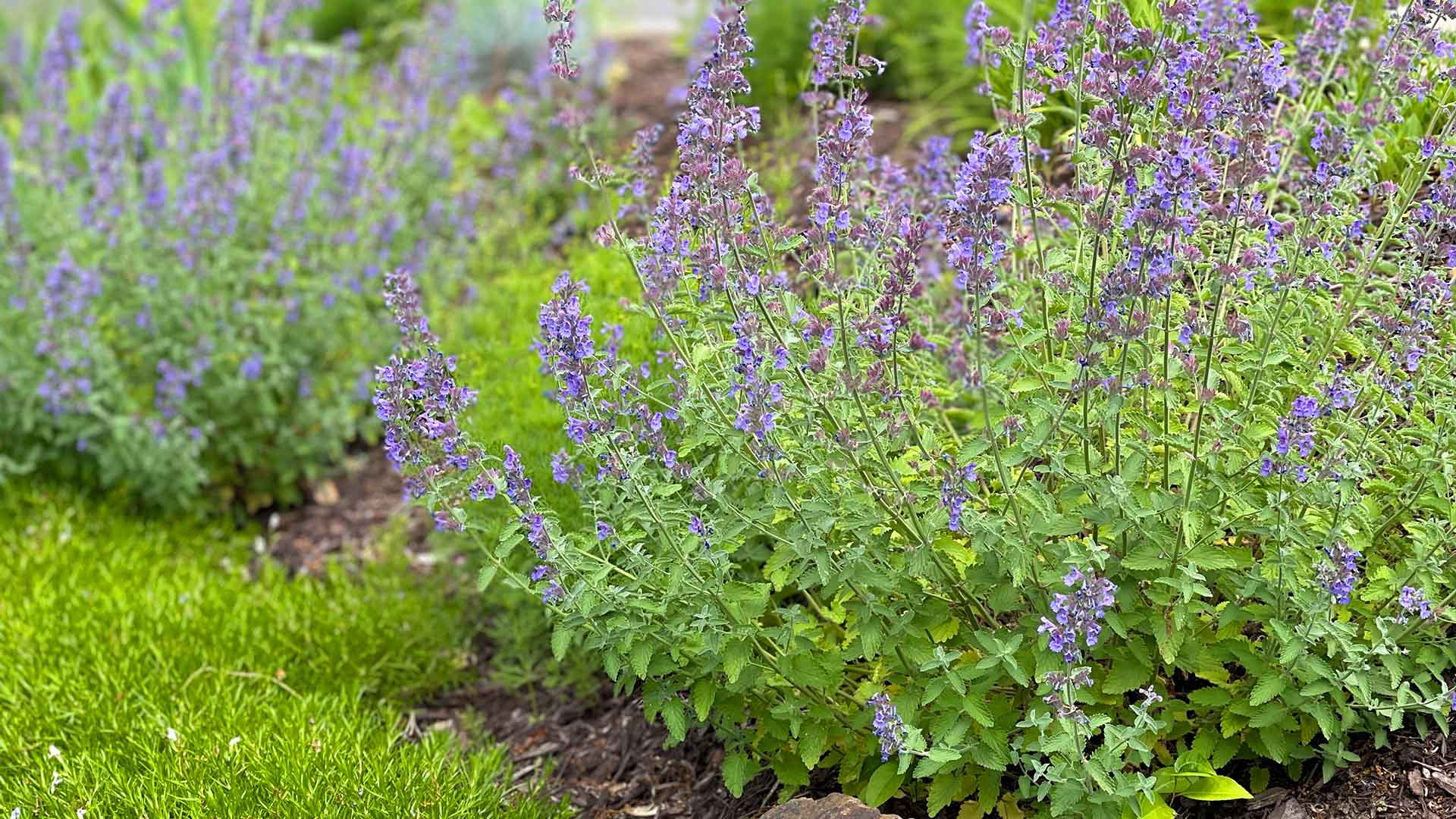
Fun Fact: Catmint is loved not only by gardeners but also by cats who are attracted to its scent.
Growing Conditions: Naturalized: can fit many conditions.
Description: Catmint offers delicate spikes of lavender-blue flowers and emits a minty fragrance that deer find displeasing. It is a low-maintenance perennial that adds beauty and color to your garden while keeping deer away.
If you have a fence, trellis, or pergola in your garden that could use some vertical interest, incorporating deer-resistant climbing plants is a smart choice. These plants not only add a touch of elegance to your landscape but also help protect against deer browsing.
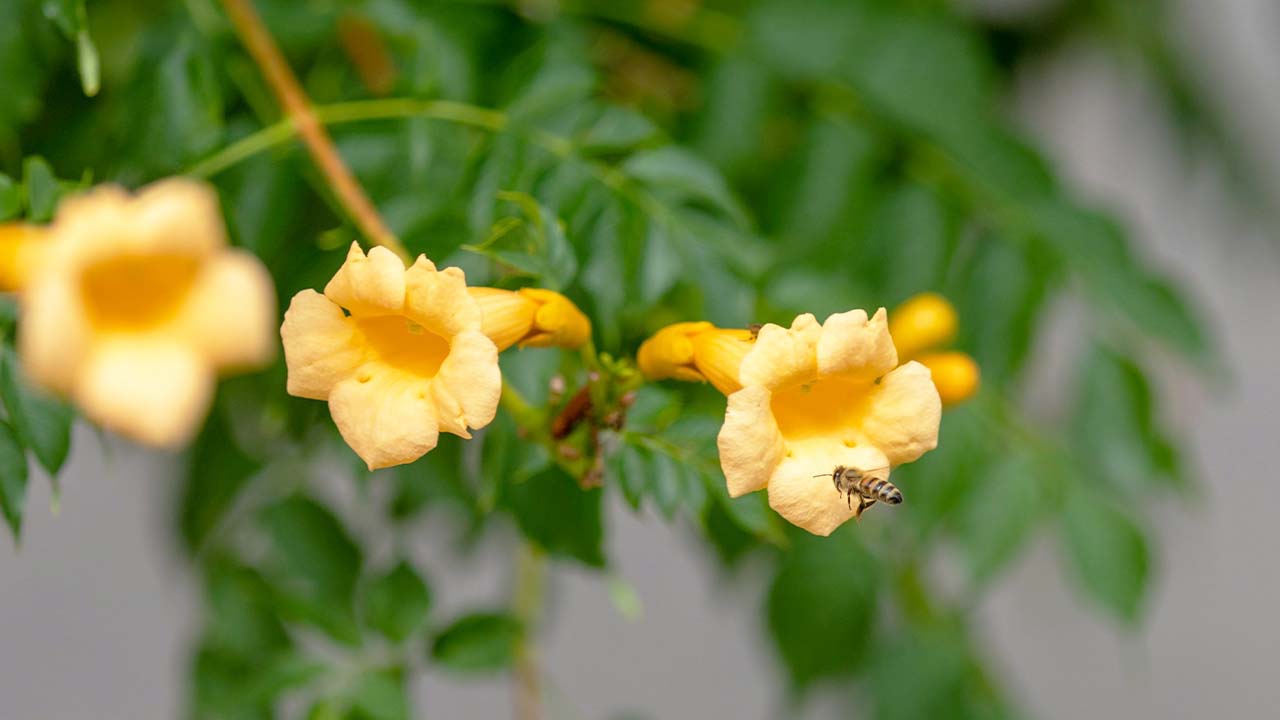
Fun Fact: Trumpet Vine is a hummingbird magnet, attracting these vibrant pollinators with its bright, trumpet-shaped flowers.
Growing Conditions: Full sun to partial shade, well-drained soil.
Description: With its vigorous growth and cascading, trumpet-shaped orange or red flowers, Trumpet Vine creates a stunning focal point. Its rough-textured leaves and bitter taste make it less appealing to deer, allowing it to thrive without becoming a deer buffet.

Fun Fact: There are over 300 different species of Clematis, offering a wide range of flower colors, shapes, and sizes.
Growing Conditions: Full sun to partial shade, well-drained soil.
Description: Clematis is renowned for its stunning, showy blooms that come in various colors, from deep purples to delicate pinks and whites. While deer may occasionally nibble on Clematis, they generally find it less enticing compared to other plants, making it a good choice for a deer-resistant climbing vine.
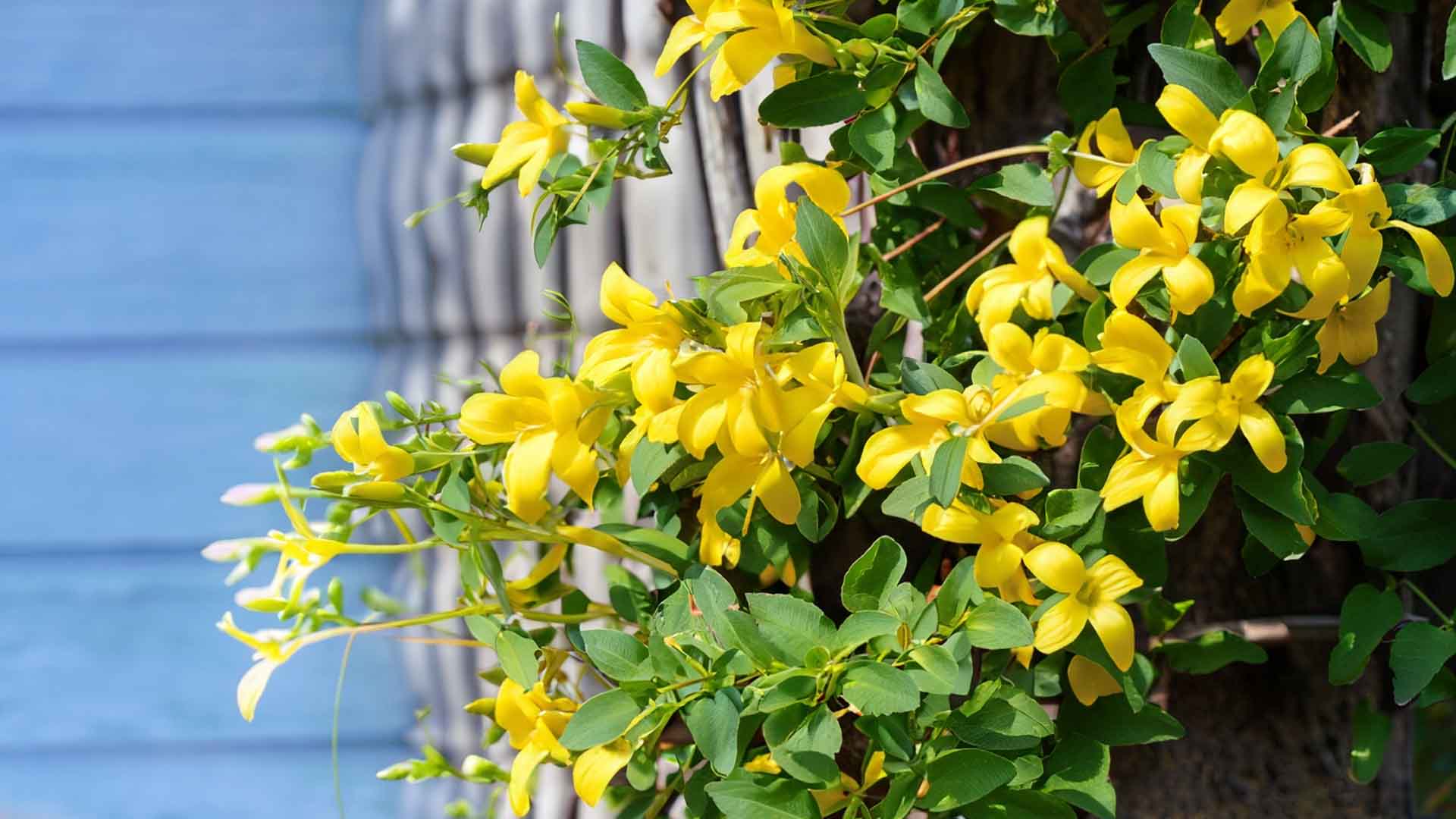
Fun Fact: Carolina Jessamine is the state flower of South Carolina.
Growing Conditions: Full sun to partial shade, well-drained soil.
Description: Carolina Jessamine is an evergreen vine with glossy, dark green leaves and clusters of fragrant yellow flowers.
Deer have a wide-ranging palate, and there are several flowers that they find particularly enticing. If you're looking to protect your garden from deer, it's important to know which flowers they are more likely to munch on. Here are a few examples of flowers that deer tend to eat:

Tulips are a favorite snack for deer, especially when they are in full bloom. These colorful spring flowers are often the first victims of deer browsing.

Daylilies with their vibrant and attractive blooms are also on the menu for deer. Many beautiful lily buds never come to their full potential, as the buds are often a snack of choice.
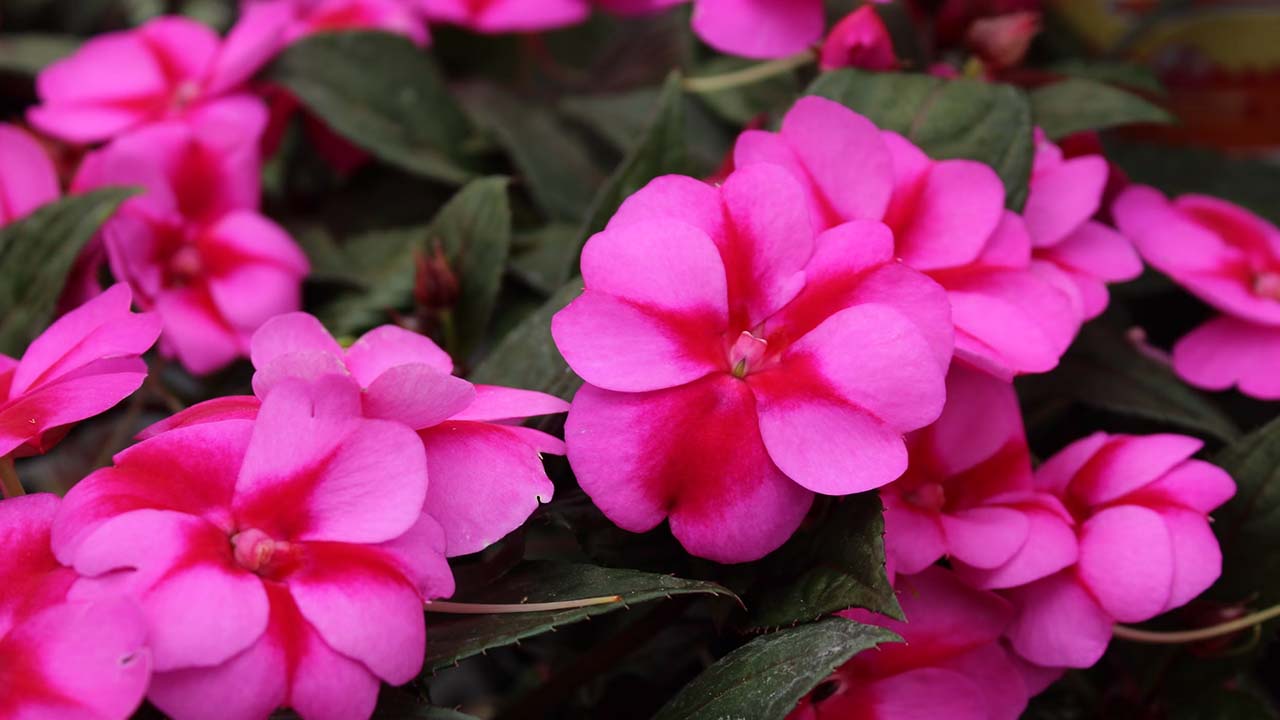
Although impatiens are popular annual flowers for adding color to shaded areas, they are also a favorite treat for deer. Their soft stems and tender foliage make them an easy target.

Deer have been known to nibble on rose bushes, especially when other food sources are scarce. While they may not be their top choice, roses can still fall victim to deer browsing.
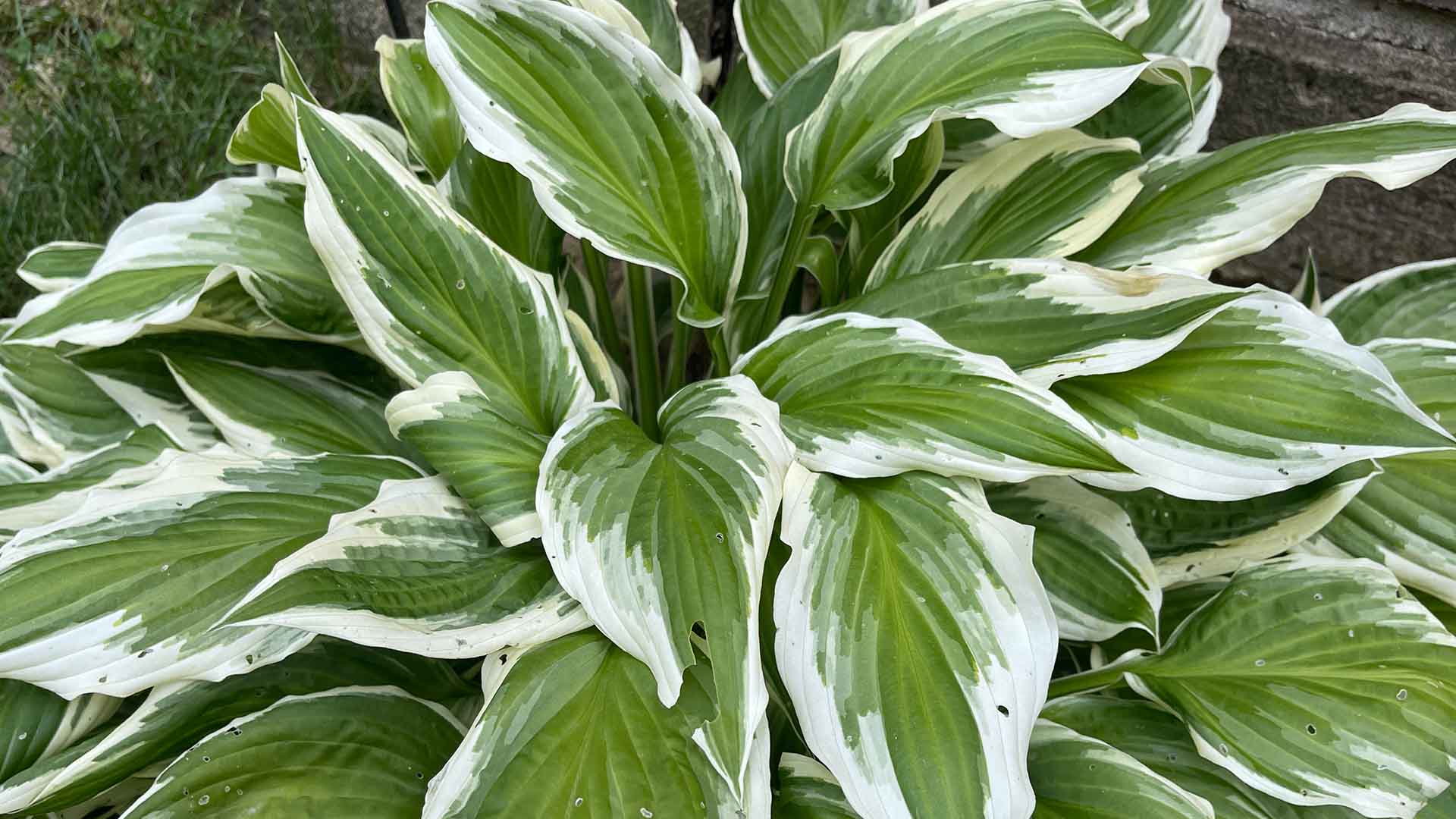
The unfortunate answer is yes. Deer find the tender leaves of hostas quite tasty and are often drawn to them. However, there are a few measures (from earlier) you can take to protect your hostas from deer browsing:
Deer repellents: Apply deer repellents regularly to create an unpleasant taste or scent on the leaves of your hostas. There are various commercial repellents available, or you can opt for homemade solutions using ingredients like garlic, hot pepper, or soap.
Physical barriers: Install deer fencing or use deer netting around your hostas to physically prevent deer from reaching them. This can be particularly effective for smaller garden areas or individual hosta plants.
Companion planting: Consider planting deer-resistant companion plants alongside your hostas. By surrounding your hostas with plants that deer find less appealing, you can create a deterrent effect. Some examples of deer-resistant companion plants include garlic, lavender, salvia, yarrow, and ornamental grasses.
Deer browsing habits can vary depending on the region and the availability of other food sources. Implementing deer-resistant strategies, such as planting deer-resistant species, using repellents, and installing physical barriers, can help protect your garden and deter deer from feasting on your favorite flowers and vegetables.

